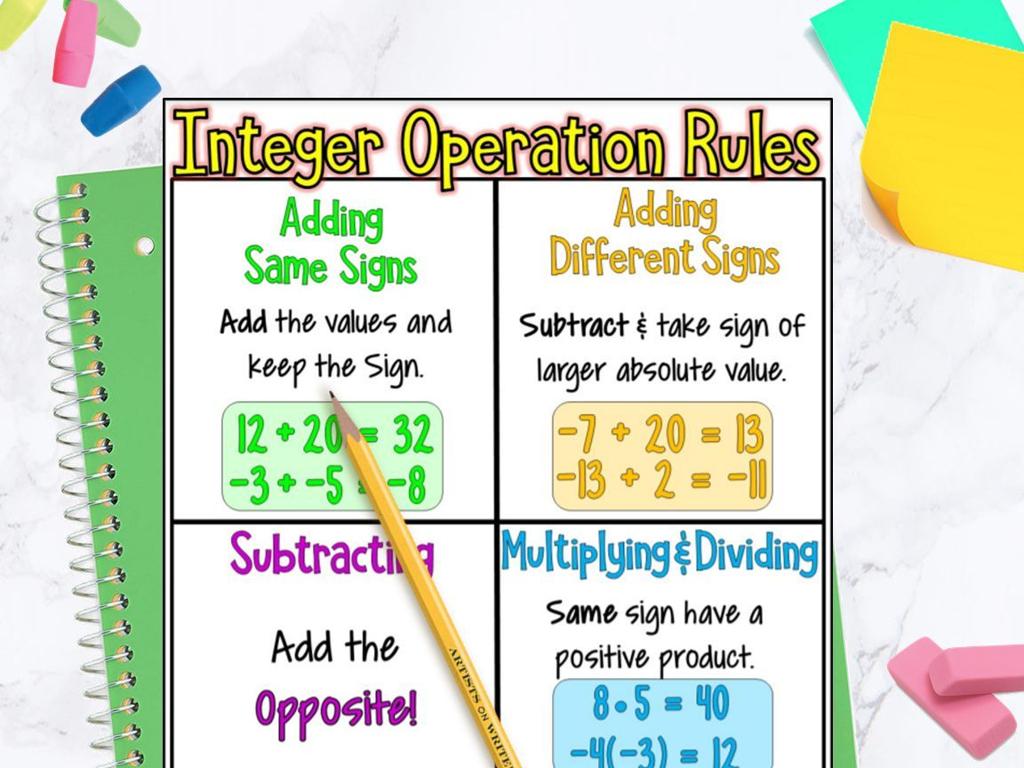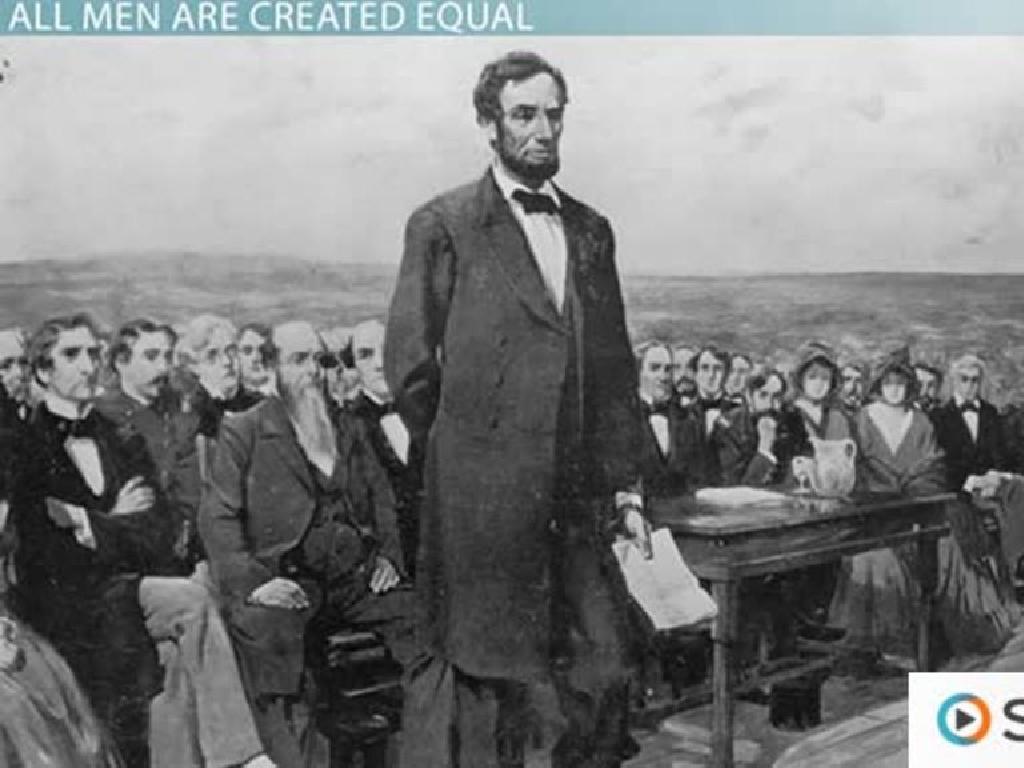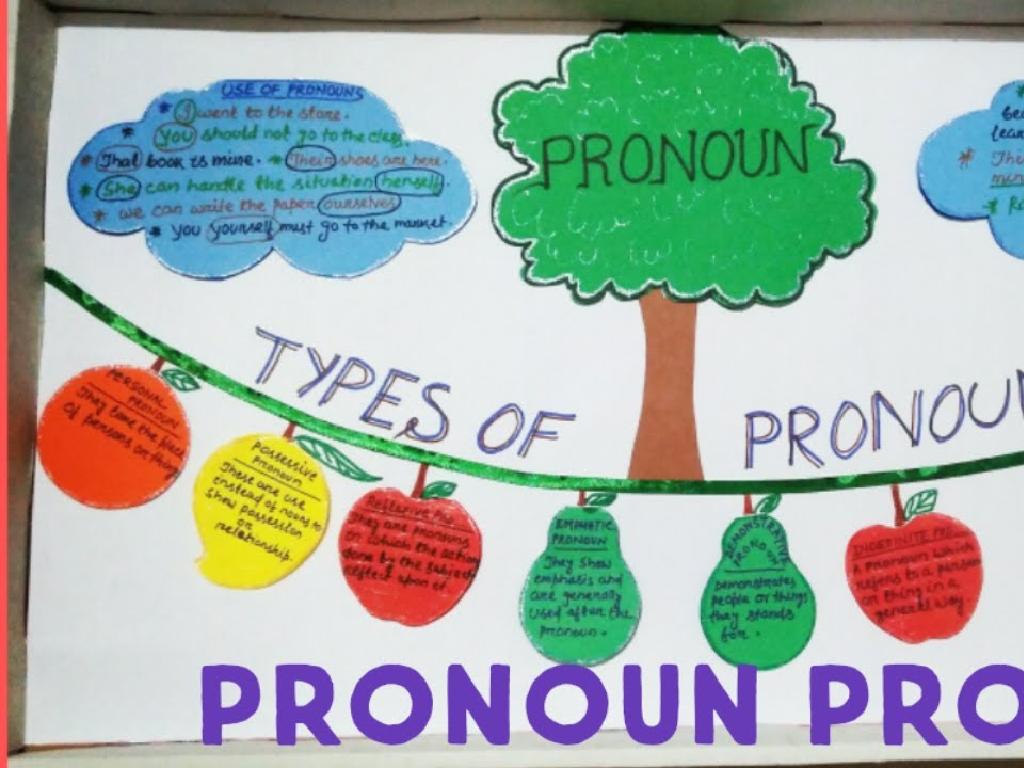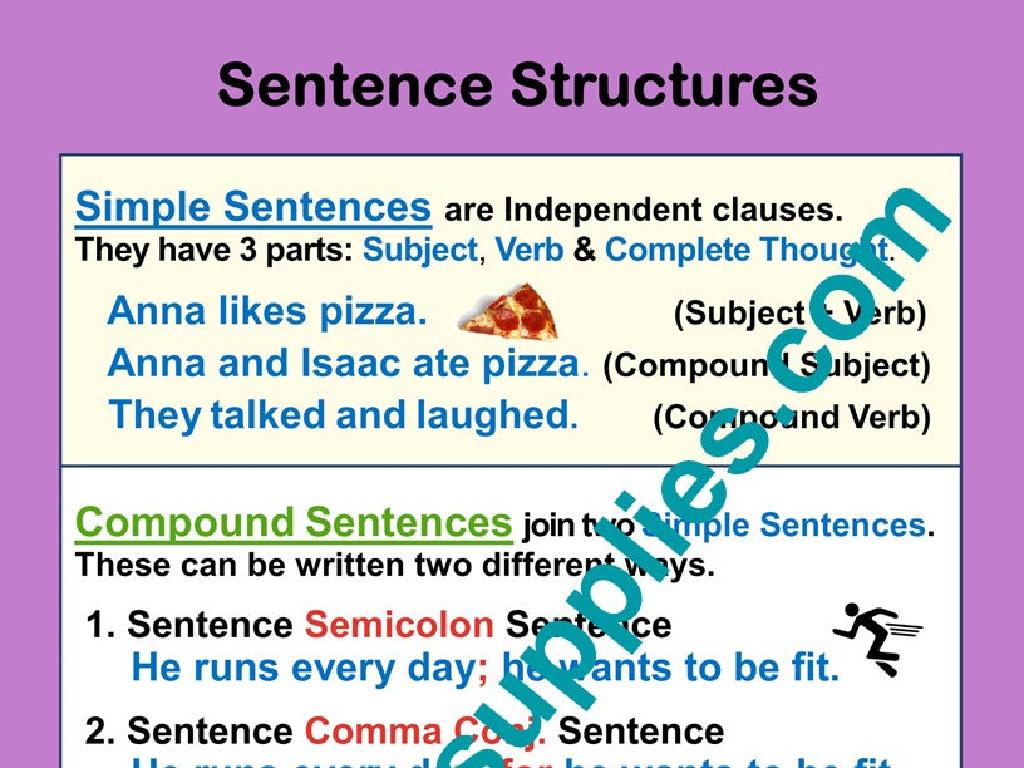Commas With The Names Of Places
Subject: Language arts
Grade: Third grade
Topic: Commas
Please LOG IN to download the presentation. Access is available to registered users only.
View More Content
Today’s Adventure: Commas with the Names of Places
– Commas help us read better
– Commas separate city and state
– Like in ‘Orlando, Florida’ or ‘Paris, France’
– Commas follow city-state in a sentence
– We write ‘I visited Orlando, Florida, last summer.’
– Practice using commas in addresses
– Write your address with commas correctly
|
This slide introduces the concept of using commas in geographical names and addresses, which is a key skill in writing. Start by explaining how commas make sentences clearer and easier to read. Show examples of city and state being separated by commas, and how commas are used when a city-state combination is used in a sentence. Encourage students to practice by writing their own address or imaginary addresses using commas correctly. This will help them understand the practical application of commas in everyday writing. Make sure to provide individual assistance to students as needed and praise their efforts to boost their confidence.
Understanding Commas in Place Names
– What’s a comma?
– A comma is a punctuation mark (,) used in sentences.
– Commas signal a pause
– Like a stop sign in reading, telling us to take a short break.
– Commas affect meaning
– Changing where commas are can change what a sentence means.
– Practice with place names
– We’ll learn how to use commas in the names of places correctly.
|
This slide introduces the concept of commas, particularly focusing on their use in place names, which is a common application in writing. Start by explaining what a comma is and show visual examples of commas in sentences. Highlight how commas instruct the reader to pause, which can affect the pace and understanding of a sentence. Emphasize that incorrect comma placement can lead to confusion about the meaning of a sentence. Engage the class with examples of place names that use commas, such as ‘Austin, Texas’ or ‘Eiffel Tower, Paris, France.’ Encourage students to come up with their own examples and explain the importance of commas in ensuring clarity in writing.
Commas in Addresses
– Commas organize addresses
– Example: 123 Maple Street, Springfield, Illinois
– The comma separates the street, city, and state
– Each address part is distinct
– Practice writing addresses with commas
– Write your address and a friend’s with commas
|
This slide introduces the use of commas in addresses, which helps students understand how punctuation can organize information. Start by explaining that commas act like signals in an address, telling us where one part ends and another begins. Show the example on the slide and point out each part of the address. Then, have students practice writing their own address and a friend’s address, using commas correctly. This will help them grasp the concept of separation and clarity in written communication. Encourage them to share their examples with the class to reinforce learning.
Commas in Lists of Places
– Commas separate places in a list
– Example: Paris, Rome, and London
– We list cities we visited with commas in between
– Notice the comma before ‘and’
– The comma before ‘and’ is important
– That’s called the Oxford comma!
– It’s used in lists before the last item
|
This slide introduces the concept of using commas to separate items in a list, specifically focusing on geographical locations. It’s important to highlight the use of the Oxford comma, which is the comma used before the conjunction ‘and’ in a list. Provide students with the example given, and explain that the Oxford comma helps to clarify that London is also a part of the list of places visited. Encourage students to practice by writing their own lists of places they would like to visit or have visited, using commas appropriately. This will help reinforce the concept and ensure they understand how to use commas in lists of places.
Why Use Commas with Places?
– Commas prevent confusion
– For example, ‘Let’s eat, Grandma!’ vs. ‘Let’s eat Grandma!’
– They clarify our writing
– Commas maintain sentence meaning
– Without commas, ‘I visited Paris Texas’ sounds like one place, not two.
– Practice makes perfect
– We’ll do exercises to get better at using commas!
|
This slide explains the importance of using commas when writing about places. Commas serve as a tool to avoid confusion, making sentences clear and easy to understand. Without proper comma usage, the meaning of a sentence can change dramatically, which can be demonstrated with humorous examples like ‘Let’s eat, Grandma!’ versus ‘Let’s eat Grandma!’. It’s also important to show how commas separate items in a list or different places, such as cities from states or countries. To reinforce this concept, students will engage in practice exercises where they add commas to sentences about places. Encourage students to explain why commas are necessary in each example they work on.
Let’s Practice Using Commas!
– I’ll write a sentence on the board
– You’ll help me find where commas go
– Example: My friend lives in 456 Pine Road Nashville Tennessee
– My friend lives in 456 Pine Road, Nashville, Tennessee.
– Think: Where should we put the commas?
– Remember, we use commas to separate parts of an address!
|
This slide is designed for an interactive class activity to practice using commas in addresses. Write the example sentence on the board without commas and ask the students where they think the commas should be placed. After they respond, show them the correct punctuation: ‘My friend lives in 456 Pine Road, Nashville, Tennessee.’ Explain that commas are used to separate the street address from the city, and the city from the state. Encourage students to explain why the commas are placed where they are. For the activity, have a few different sentences prepared for students to practice with, and consider having students come up to the board to add the commas themselves. This will help reinforce the concept and give them hands-on experience.
Your Turn: Writing with Commas and Places
– Write about a place you visited
– Think of a fun trip or a place you loved
– Use commas between city and state
– Remember: ‘Orlando, Florida’ not ‘Orlando Florida’
– Share your sentence with the class
– We’ll listen and learn about commas together
|
This slide is an interactive class activity designed to help students practice using commas in the context of geographical locations. Students are prompted to write a sentence about a place they have visited, ensuring they use a comma to separate the city and state. For example, ‘I visited Disneyland in Anaheim, California.’ Encourage students to think of any vacations or family trips they have been on. Remind them of the importance of the comma in writing and how it helps clarify the names of places. After writing, students will share their sentences with the class, providing an opportunity for peer learning and for the teacher to give feedback and reinforce the lesson on commas.
Class Activity: Comma Hunt
– Let’s go on a comma hunt!
– Find commas with places in your book
– Look for sentences where a city and state or a city and country are listed together.
– Pair up and note down three examples
– Work with a buddy to find sentences and write them down.
– Get ready to share your findings
|
This activity is designed to help students recognize the use of commas in geographical names within texts. Students should work in pairs to encourage collaboration. They will look for sentences in their books where commas are used to separate city and state or city and country. Once they find three examples, they should write them down to share with the class. For the teacher: Prepare a list of books that have appropriate examples. Walk around the classroom to assist pairs that might be struggling. Consider rewarding all pairs that successfully complete the task to encourage participation.
Commas and Places: Wrapping Up!
– Commas help readers pause
– They separate city and state
– Like in ‘Orlando, Florida’
– Practice makes perfect
– Try writing your address with commas
– You’re becoming comma superstars!
|
Congratulations to the class for learning about the use of commas in geographical locations! Emphasize that commas act as signals that help readers understand where to pause in a sentence, much like traffic signals. Remind them that commas are used to separate elements within a sentence, such as a city from a state or a country. Encourage daily practice by writing sentences that include place names, ensuring they place commas correctly. Celebrate their progress towards becoming punctuation superstars and encourage them to keep practicing to solidify their understanding.






